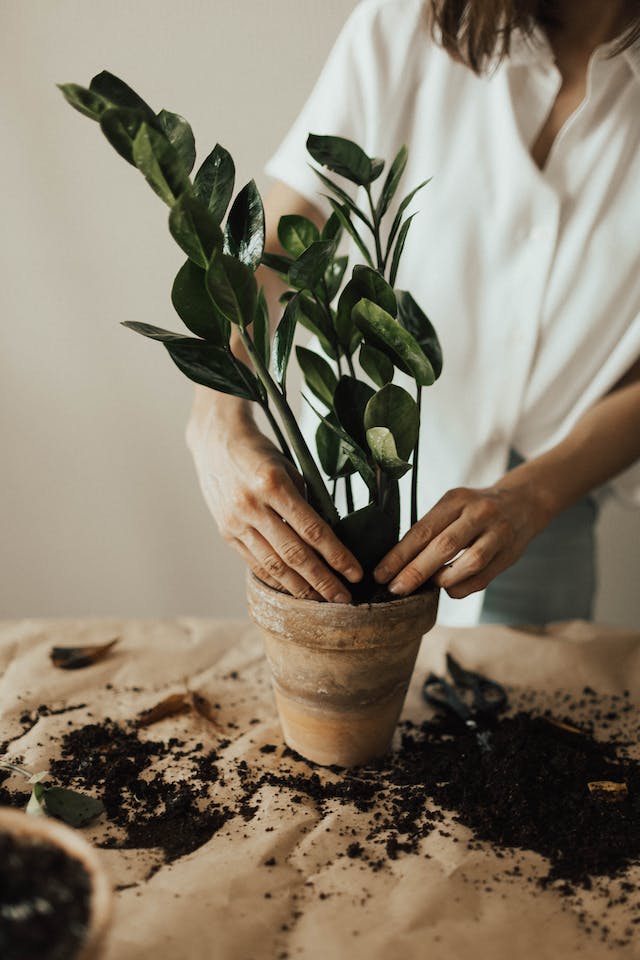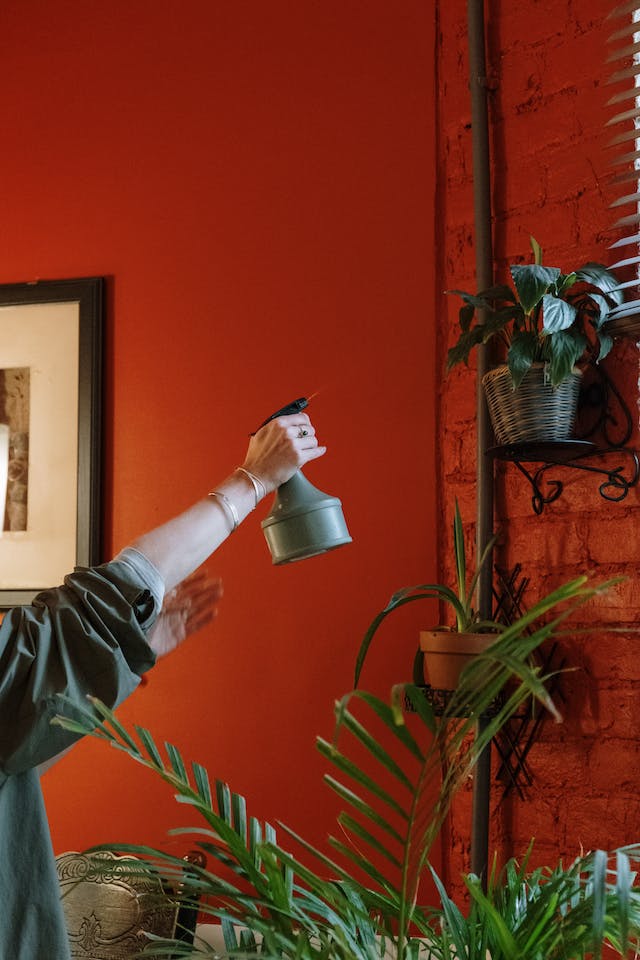The Must-Have Essentials for Indoor Gardening: A Checklist
Indoor gardening may seem like a daunting task, requiring a lot of time, effort, and knowledge. However, with the right essentials in place, it can actually be much simpler than you think. You might be thinking, “But where do I even start?” Don’t worry, we’ve got you covered. In this discussion, we will provide you with a comprehensive checklist of must-have essentials for indoor gardening, ensuring that you have everything you need to create a thriving indoor garden. So, let’s dive in and discover how you can turn your indoor space into a green haven.
Pots and Containers
When it comes to indoor gardening, choosing the right pots and containers is essential. You want to create a space that is not only functional but also innovative. The pots and containers you select can make a significant difference in the overall aesthetic appeal of your indoor garden.
Innovative indoor gardeners like you are always on the lookout for modern and stylish options. Consider using sleek, minimalist pots made from materials like ceramic or metal. These pots not only provide a contemporary look but also offer durability and longevity.

Another innovative option is self-watering containers. These containers have a built-in reservoir that allows the plants to draw water as needed. This feature eliminates the guesswork of watering and ensures that your plants receive the right amount of moisture.
For those looking to maximize space, vertical gardening containers are a game-changer. These containers can be mounted on walls or hung from the ceiling, creating a stunning display of your indoor plants.
When selecting pots and containers for your indoor garden, don’t be afraid to think outside the box. Look for unique shapes, colors, and materials that will add a touch of innovation to your space. Remember, the right pots and containers can transform your indoor garden into a stylish oasis of greenery.
Soil and Fertilizers
Now that you have chosen the perfect pots and containers for your indoor garden, let’s discuss the next crucial aspect: soil and fertilizers. When it comes to indoor gardening, soil plays a vital role in providing the necessary nutrients for your plants to thrive. Innovative gardeners like you are always looking for ways to optimize plant growth, and that starts with the right soil.
To ensure success, opt for a high-quality potting mix specifically formulated for indoor plants. These mixes are designed to provide excellent drainage while retaining moisture, creating an ideal environment for your plants’ roots. Look for mixes that contain organic matter like compost or peat moss, as they can enhance soil fertility and improve water retention.
Fertilizers are also essential for indoor gardening. Innovative gardeners are turning to organic and sustainable options to nourish their plants. Consider using slow-release fertilizers that gradually release nutrients over time, providing a steady supply for your plants’ growth. Alternatively, you can explore innovative hydroponic systems that deliver nutrients directly to the roots.
Watering Tools and Techniques
To effectively water your indoor garden, utilize the appropriate watering tools and techniques. Innovation in indoor gardening has brought forth a range of advanced watering tools and techniques that can help you achieve optimal plant growth and health. One essential tool is a watering can with a narrow spout, allowing you to direct water precisely to the base of each plant without splashing the leaves. This helps prevent the risk of fungal diseases and ensures that the water reaches the roots where it’s needed the most.
Another innovative watering tool is a drip irrigation system. This system uses a network of tubes with small holes or emitters that deliver water directly to the soil. It provides a consistent and controlled supply of water, reducing the risk of over or underwatering. Drip irrigation systems can be automated using timers or connected to a smart device, allowing you to monitor and adjust the watering schedule remotely.
For smaller plants or those in hard-to-reach places, a spray bottle or mister can be handy. These tools allow you to provide a gentle mist of water, perfect for delicate plants like orchids or ferns.
Remember to water your indoor garden at the right time. Most plants prefer to be watered in the morning, allowing them to dry out during the day. This helps prevent the growth of mold and mildew.
Lighting and Temperature Control
If you want to ensure optimal plant growth and health in your indoor garden, it is crucial to focus on lighting and temperature control. These two factors play a vital role in creating the ideal environment for your plants to thrive. When it comes to lighting, traditional incandescent bulbs simply won’t cut it. You need to invest in innovative LED grow lights that provide the right spectrum and intensity of light for photosynthesis. These lights are energy-efficient and adjustable, allowing you to tailor the lighting conditions to the specific needs of your plants. Additionally, temperature control is equally important. Innovative technologies like smart thermostats and climate control systems can help you maintain a consistent temperature range for your indoor garden. This ensures that your plants are not subjected to extreme heat or cold, which can be detrimental to their growth. By utilizing these cutting-edge solutions, you can create the perfect lighting and temperature conditions for your indoor garden, giving your plants the best chance to flourish.
Maintenance and Care
Taking care of your indoor garden is essential for ensuring the health and longevity of your plants. To maintain your indoor garden, there are a few key tasks you need to focus on.
First and foremost, watering is crucial. You need to provide your plants with the right amount of water to keep them hydrated without drowning them. It’s important to monitor the moisture levels in the soil and adjust your watering schedule accordingly.

In addition to watering, regular pruning and trimming are necessary to keep your plants in good shape. This helps promote healthy growth and prevents overcrowding. You should also remove any dead or yellowing leaves to maintain the overall appearance of your indoor garden.
Fertilizing is another important aspect of maintenance. Indoor plants may not receive the same nutrients as their outdoor counterparts, so it’s essential to provide them with the necessary fertilizers. This will help ensure their growth and vigor.
Lastly, pest control is crucial for maintaining a healthy indoor garden. Be vigilant for any signs of pests and take immediate action to prevent an infestation.